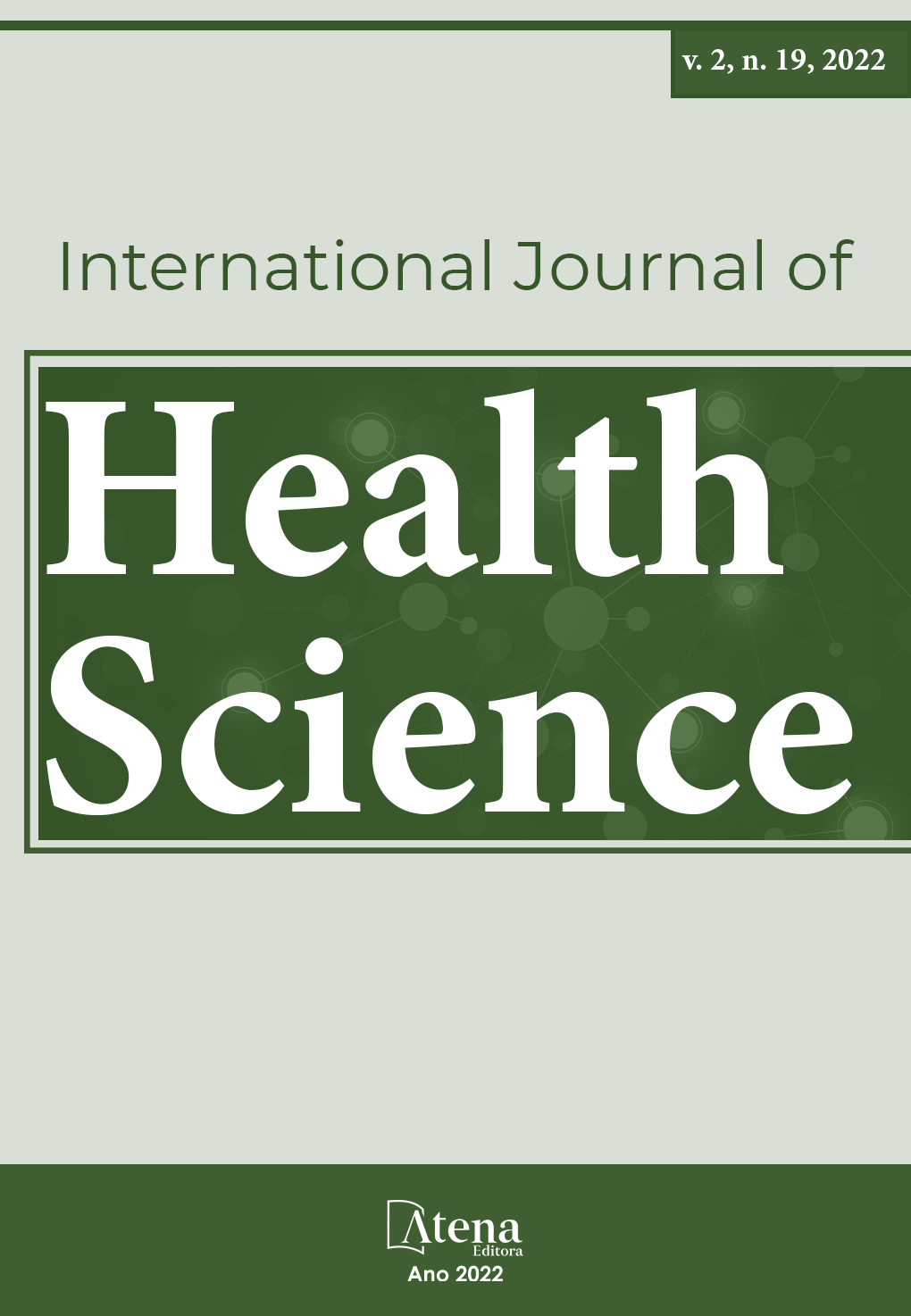
MANUAL FOR INTERPERTATION OF THE SIMPLIFIED BIOPHYSICAL PROFILE IN THE ASSESSMENT OF ACUTE FETAL DISTRESS
INTRODUCTION: Acute fetal distress (AFS) is an important cause of neonatal morbidity and mortality, making up the list of obstetric emergencies. The realization of the simplified biophysical profile is a reality in health services, especially public ones, due to the observation that cardiotocography (CTG) is the primary and most sensitive alteration for the perception of AFS, and can be complemented only with the assessment of amniotic fluid - important to reflect chronicity of suffering – without significantly modifying the quality of clinical diagnosis or risk stratification. The present study, therefore, aims to provide a simplified biophysical profile interpretation manual in the assessment of acute fetal distress in order to facilitate the clinical management of these patients. METHODOLOGY: This is a literature review in the Scielo, PubMed, Lilacs and Google Scholar databases, in addition to treatises on Gynecology and Obstetrics by Febrasgo and Zugaib. Nine articles were selected from 1999 to 2022, regardless of the country of origin, correlated with different aspects of the theme, as there is still little published material with these descriptors. The time frame was not predetermined, being only a reflection of the oldest to the most recent materials that fit the theme. However, articles whose discussion did not corroborate the interpretation of the simplified biophysical profile were excluded. RESULTS: Cardiotocography assesses fetal heartbeat, uterine contraction (through maternal perception under a handheld device), and fetal movement. To interpret its findings, one must consider: baseline fetal heart rate, variability, accelerations and decelerations. The detection of amniotic fluid alterations at any stage of pregnancy must be investigated from both a fetal and maternal point of view. It can be assessed semi-quantitatively by measuring the largest pocket or amniotic fluid index or by subjective assessment. CONCLUSIONS: Since fetal distress strongly implies the outcome of pregnancy, early detection through the simplified biophysical profile is essential for adequate and timely therapeutic indication. To facilitate the interpretation of cardiotocographic and amniotic fluid findings, a sequence that facilitates this process can be used. In view of the result of the simplified antepartum BFP, the severity and stability of the maternal clinical picture and the gestational age must always be taken into account to establish the obstetric management.
MANUAL FOR INTERPERTATION OF THE SIMPLIFIED BIOPHYSICAL PROFILE IN THE ASSESSMENT OF ACUTE FETAL DISTRESS
-
DOI: 10.22533/at.ed.1592192208042
-
Palavras-chave: Simplified biophysical profile. High risk pregnancy. Cardiotocography. amniotic fluid. fetal distress.
-
Keywords: Simplified biophysical profile. High risk pregnancy. Cardiotocography. amniotic fluid. fetal distress.
-
Abstract:
INTRODUCTION: Acute fetal distress (AFS) is an important cause of neonatal morbidity and mortality, making up the list of obstetric emergencies. The realization of the simplified biophysical profile is a reality in health services, especially public ones, due to the observation that cardiotocography (CTG) is the primary and most sensitive alteration for the perception of AFS, and can be complemented only with the assessment of amniotic fluid - important to reflect chronicity of suffering – without significantly modifying the quality of clinical diagnosis or risk stratification. The present study, therefore, aims to provide a simplified biophysical profile interpretation manual in the assessment of acute fetal distress in order to facilitate the clinical management of these patients. METHODOLOGY: This is a literature review in the Scielo, PubMed, Lilacs and Google Scholar databases, in addition to treatises on Gynecology and Obstetrics by Febrasgo and Zugaib. Nine articles were selected from 1999 to 2022, regardless of the country of origin, correlated with different aspects of the theme, as there is still little published material with these descriptors. The time frame was not predetermined, being only a reflection of the oldest to the most recent materials that fit the theme. However, articles whose discussion did not corroborate the interpretation of the simplified biophysical profile were excluded. RESULTS: Cardiotocography assesses fetal heartbeat, uterine contraction (through maternal perception under a handheld device), and fetal movement. To interpret its findings, one must consider: baseline fetal heart rate, variability, accelerations and decelerations. The detection of amniotic fluid alterations at any stage of pregnancy must be investigated from both a fetal and maternal point of view. It can be assessed semi-quantitatively by measuring the largest pocket or amniotic fluid index or by subjective assessment. CONCLUSIONS: Since fetal distress strongly implies the outcome of pregnancy, early detection through the simplified biophysical profile is essential for adequate and timely therapeutic indication. To facilitate the interpretation of cardiotocographic and amniotic fluid findings, a sequence that facilitates this process can be used. In view of the result of the simplified antepartum BFP, the severity and stability of the maternal clinical picture and the gestational age must always be taken into account to establish the obstetric management.
-
Número de páginas: 11
- Maria Eduarda Tavares Brito
- Fernanda Priscilla Barbosa Silva
- Gustavo Alves Aguiar
- Julio Cezar de Oliveira Filho
- Isabela Avila Fontes Carvalho
- Luiz Felipe Santos Dias
- Beatriz Mariana de Andrade Guimarães
- Ketlen Natany Goes Xavier
- Ana Cecília de Menezes Nóbrega
- Natália Araújo Barreto
- Ramilly Guimarães Andrade Santos
- Ana Mozer Vieira de Jesus


